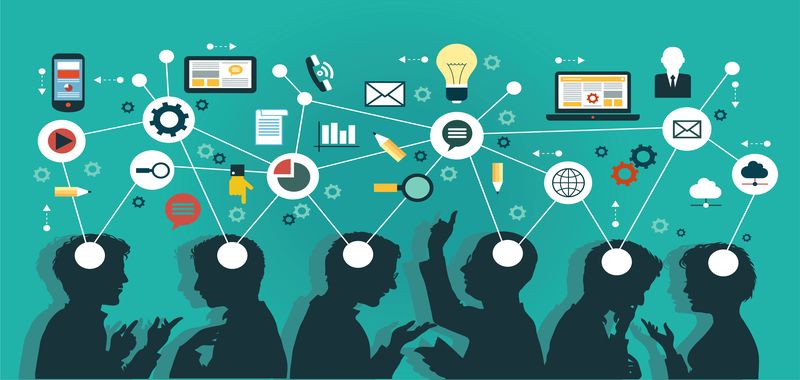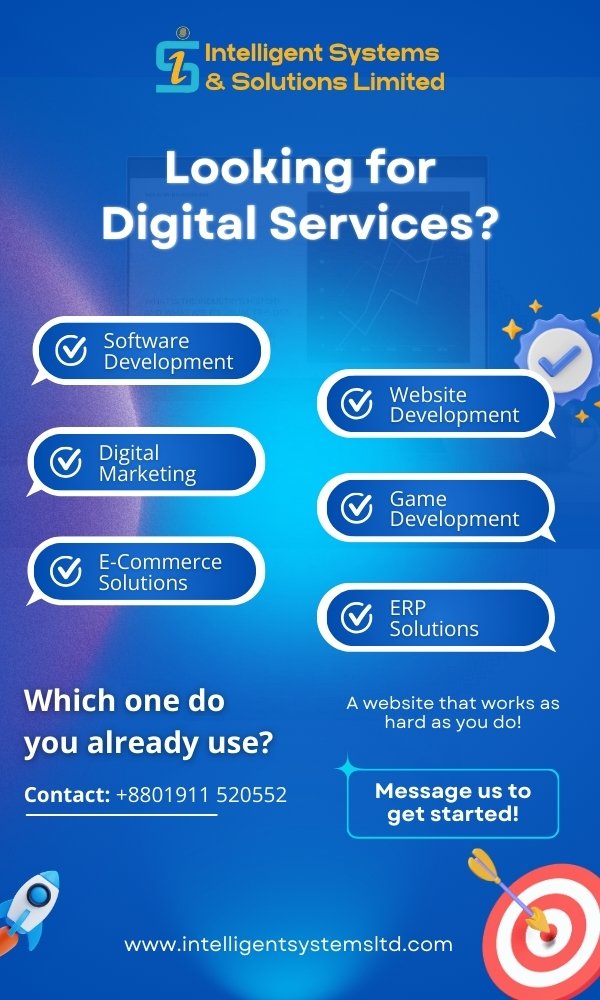What do you mean by e-Learning?

E-learning is a kind of
educational technology that helps us deliver educational content through the
internet without making students sit in a physical classroom. It encompasses
downloadable e-books, audio content, video content, and structured courses with
assignments and assessments. E-learning (e-education or distance learning)
refers to the delivery of educational services online using web/ mobile
applications and internet access.
With the increasing need for
mobility in today’s world, it is very important to get everything digitalized.
Following the same, you can say the books have been converted into digital
books which, you can read on your mobile phones, tablets, or computers.
The growing e-learning market size proves modern knowledge chasers prefer an online format to study when and where they want:
the most important attribute
of E-learning is that it allows trainees to learn at any time of their own
choice. There is no need to sit in boring classroom sessions where a trainer is
allotted for only a specified amount of time. Below are some other attributes
of E-learning that are reviewed with respect to a standard classroom training
session:
Reduction in cost of
training – For classroom training sessions, it is
required that you have a separate training room allocated for the purpose and
designated trainers for one or more than one training module. The extra real
estate and additional trainers on your payroll are not very cost-effective. You
must pay recurring salaries and spend on the maintenance of training room infrastructure.
On the contrary, an e-learning service provider can develop training content
for you that can be used for training multiple batches. If the technology or
concept changes, it is possible to alter the content accordingly.
More immersive – When
the training content is voluminous, classroom training sessions can turn into a
boring chore for the trainees. Such sessions may not be effective at all and
all the efforts may go to waste. But, with eLearning, it is possible to use
gamification tech along with Virtual Reality and Augmented Reality. As VR and
AR use audio/video medium, the information is received via different human
senses, which leads to better retention of information.
Better evaluation of
trainees – The eLearning content can be devised in such
a way that at every juncture the employees are asked certain questions to
evaluate their progress. The questions can be descriptive or multiple choices,
depending on the requirement of the company. Constant evaluation of employees
allows managers to check their progress and plan re-trainings or other
corrective sessions to ensure that trainee progress is always up to the
expected levels.
Advantage –
1. Online Learning
Accommodates Everyone’s Needs
The online method of learning
is best suited for everyone. This digital revolution has led to remarkable
changes in how the content is accessed, consumed, discussed, and shared. Online
educational courses can be taken up by office goers and housewives too, at the
time that suits them. Depending on their availability and comfort, many people
choose to learn at weekends or evenings.
2. Lectures Can Be Taken
Any Number Of Times
Unlike classroom teaching,
with online learning, you can access the content an unlimited number of times.
This is especially required at the time of revision when preparing for an exam.
In the traditional form of learning, if you can not attend the lecture, then you
have to prepare for that topic on your own; in eLearning, you can attend the
lectures whenever you want with ease.
3. Offers Access To
Updated Content
A prime benefit of learning
online is that it makes sure that you are in synchronization with modern
learners. This enables the learner to access updated content whenever they want
it.
4. Quick Delivery of
Lessons
eLearning is a way to provide
quick delivery of lessons. As compared to the traditional classroom teaching
method, this mode has relatively quick delivery cycles. This indicates that the
time required to learn is reduced to 25%-60% of what is required in traditional
learning. There are some of the reasons why the learning time is reduced by
eLearning:
Lessons start quickly and
wrapped up in a single learning session. This enables training programs to
easily roll out within a few weeks, or sometimes even days. Learners can define
their own speed of learning instead of following the speed of the whole group.
Saves time as a student does not need to travel to the training venue. You can
learn at the comfort of your own place. Students can choose to study specific
and relevant areas of the learning material without focusing on each area. For
example, they can skip certain areas they do not want to learn.
5. Scalability
eLearning helps in creating
and communicating new training, policies, concepts, and ideas. Whether it is
for formal education or entertainment, eLearning is very quick way of learning!
6. Consistency
eLearning enables educators to
get a higher degree of coverage to communicate the message in a consistent way
for their target audience. This ensures that all learners receive the same type
of training with this learning mode.
7. Reduced Costs
eLearning is cost-effective as
compared to traditional forms of learning. The reason for this price reduction
is because learning through this mode happens quickly and easily. A lot of
training time is reduced with respect to trainers, travel, course materials,
and accommodation.
This cost-effectiveness also
helps in enhancing the profitability of an organization. Also, when you are
studying at your own place, you are relieved from paying for travel expenses
(e.g. accommodation) when training happens in another city/state and/or
external learning materials.
8. Effectiveness
eLearning has a positive
influence on an organization’s profitability. It makes it easy to grasp the
content and digest it: It results in improved scores on certifications, tests,
or other types of evaluation. The higher number of students who achieve the ‘pass’ or
mastery’ level. Enhanced ability to learn and implement the new processes or
knowledge at the workplace. Help in retaining information for a longer time.
9. Less Impact on Environment
As eLearning is a paperless
way of learning, it protects the environment to a lot of extents. As per a study
done on eLearning courses, it has been found that distance-based learning
programs consumed around 90% less power and generated 85% less amount of CO2
emissions as compared to traditional campus-based educational courses. With
eLearning, there is no need to cut trees for obtaining a paper. Thus, eLearning
is a highly eco-friendly way of learning.
Disadvantages:
1.
Technology dependent:
The delivery of eLearning courses depends on technology.
Inadequacy of required infrastructure such as computers, high internet
bandwidth, and also lack of relevant technical skills in learners would greatly
hamper the success of an eLearning course.
2. Lack
of motivation:
Learners may not be motivated to take a course since they
are in isolation and have flexibility. It requires a high level of
self-discipline and self-motivation from learners.
3. Lack
of help/training support:
due to the absence of an instructor who can solve learners’
queries, explain in detail topics that are not understood, analyze learners'
performance and provide detailed feedback
4. Lack
of human touch:
since there is no direct interaction with the instructor or
fellow learners during the learning process.
5. Inflexible:
It is not possible to alter the course in real-time based
on learners’ reactions and comfort
6. Start-up
cost:
involved in designing, developing,
and deploying a course.
Technologies and science
growing and changing so fast, we just can’t afford to spend 5 years in college
learning methods that will no longer be up to date or even relevant once we are
out. We need to invest in shorter continuous education programs, mainly powered
through E-learning. It also empowers kids and adults to take control and
accountability for their education level. Training on the go accommodates a lot
of people and in-class training will always limit the accessibility to expertise and knowledge.









